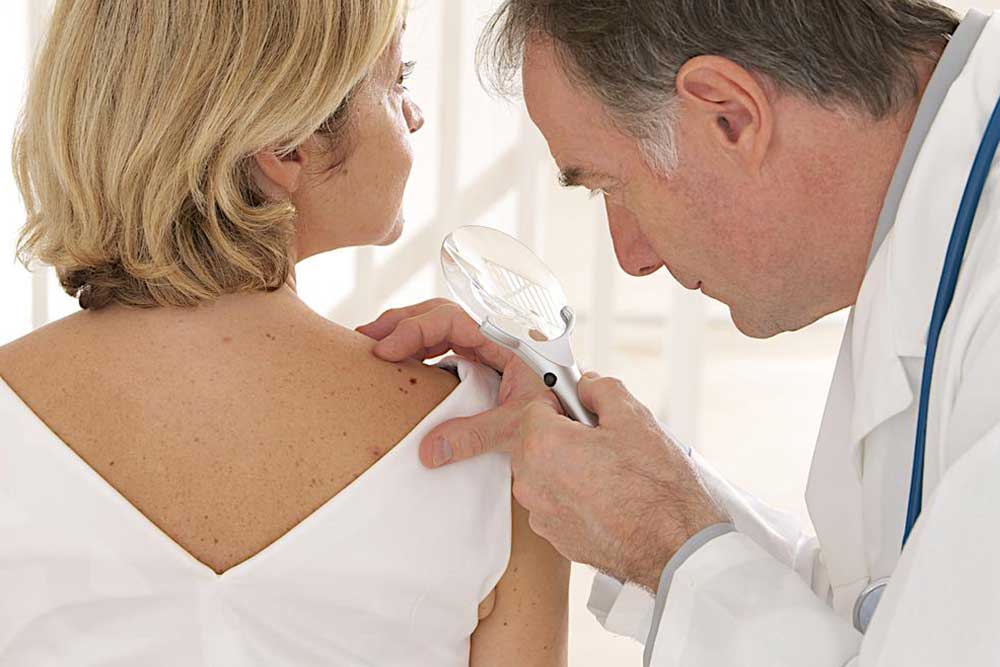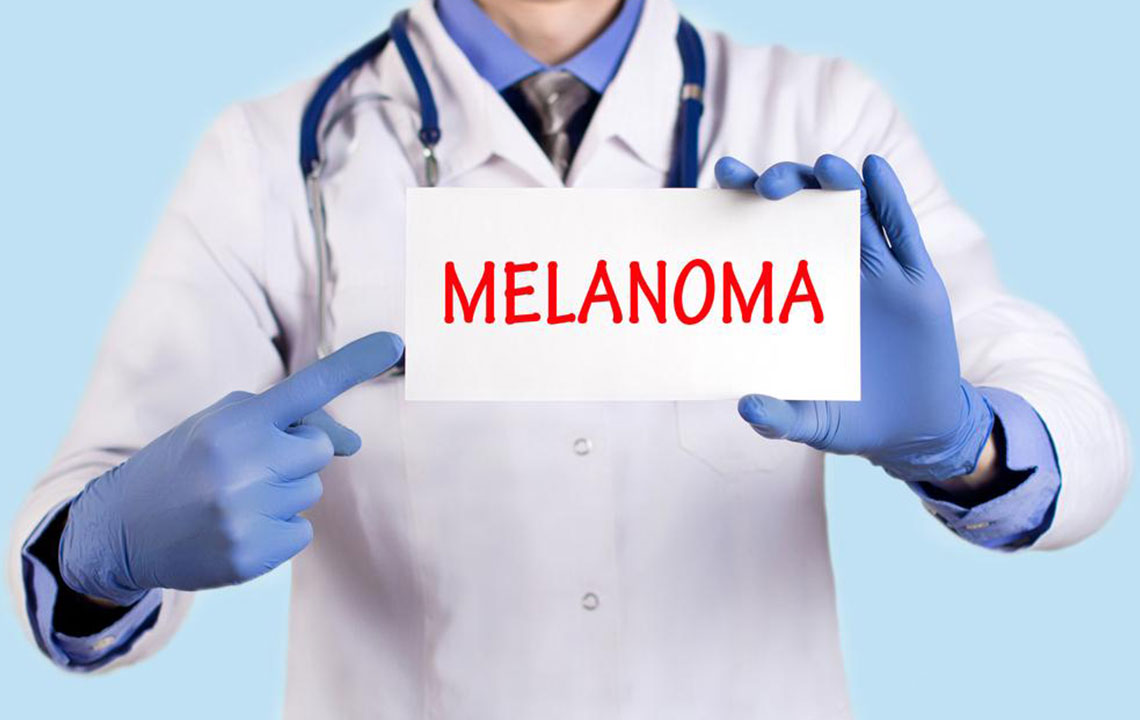In-Depth Exploration of Squamous Cell Carcinoma: Risks, Symptoms, and Treatment Strategies
This comprehensive guide delves into squamous cell carcinoma (SCC), exploring its risk factors, symptoms, diagnostic methods, and treatment options. Early detection is essential for effective management, and understanding the signs can significantly enhance outcomes. The article emphasizes sun protection, awareness of risk factors, and advances in treatment modalities, making it an essential resource for both healthcare professionals and individuals at risk of skin cancer. Protect your skin and stay informed about SCC for healthier skin and better prognosis.

In-Depth Exploration of Squamous Cell Carcinoma: Risks, Symptoms, and Treatment Strategies
Squamous cell carcinoma (SCC) stands as the second most prevalent form of skin cancer worldwide, accounting for a significant portion of skin cancer diagnoses each year. This malignancy primarily develops in keratinizing cells of the epidermis and is closely linked to exposure to ultraviolet (UV) radiation from sunlight as well as artificial sources such as tanning beds. Understanding the intricacies of SCC, including its risk factors, clinical manifestations, diagnostic procedures, and treatment options, is crucial for early detection and effective management.
Typically, SCC arises in areas that are frequently exposed to the sun, including the face, ears, neck, hands, arms, and the upper parts of the legs. Although it tends to progress slowly compared to more aggressive skin cancers, SCC can invade local tissues, bones, and lymphatic systems if left untreated, potentially leading to serious health complications. The prognosis of SCC greatly improves with early diagnosis, making awareness of its signs and risk factors essential for both healthcare professionals and the general public.
Understanding the Risk Factors of Squamous Cell Carcinoma
Several factors contribute to the development of SCC, with ultraviolet (UV) exposure being the most significant. Individuals subjected to prolonged sun exposure or those who partake regularly in indoor tanning have increased risks. Age is another notable factor; the risk of developing SCC rises with advancing age as cumulative sun damage accumulates over time. Fair-skinned individuals with lighter hair and eye colors, such as blond or red hair and blue or green eyes, are genetically predisposed to a higher risk because they have less melanin protection against UV radiation.
Additional risk factors include chronic skin injuries and scars, Bowen’s disease (a premalignant skin condition), exposure to ionizing radiation, and genetic predispositions. Occupational hazards are also relevant; professions involving exposure to carcinogenic chemicals like arsenic, industrial pollutants, and certain chemicals increase susceptibility. A history of radiation therapy and immunosuppression, such as in organ transplant recipients, further elevates the likelihood of developing SCC.
Recognizing the Symptoms of Squamous Cell Carcinoma
The clinical presentation of SCC varies, but common signs include the appearance of a persistent, firm, dome-shaped bump that can be insensitive or tender. The lesion might be red, scaly, or crusted, often resembling a sore that doesn’t heal. Some lesions may bleed easily or become ulcerated over time. It is not uncommon for SCC to develop from precancerous skin conditions such as actinic keratosis. Other symptoms include itching, pain, or a sensation of burning around the affected area.
In certain cases, SCC may manifest as a rough, scaly patch of skin or a sore that persists beyond four weeks, raising suspicion for malignancy. Recognizing these early signs and consulting a healthcare professional promptly is vital, as early treatment reduces the risk of metastasis and improves outcomes.
Diagnostic Procedures for Squamous Cell Carcinoma
Diagnosis of SCC requires a thorough examination by a dermatologist. The process begins with a detailed medical history assessment, including questions about sun exposure, tanning habits, previous skin conditions, and family history of skin cancer. The dermatologist examines the lesion’s size, texture, and appearance, along with nearby lymph nodes to check for signs of spread.
To confirm the diagnosis, a skin biopsy is performed, during which a small tissue sample from the suspicious lesion is collected and sent to a laboratory for histopathological analysis. The biopsy helps distinguish SCC from other skin cancers and benign skin conditions, ensuring precise treatment planning.
Current Treatment Modalities for Squamous Cell Carcinoma
Effective management of SCC involves a variety of treatment options tailored to the lesion’s size, location, and stage. Surgical excision remains the primary treatment method, involving the removal of the tumor along with a margin of healthy tissue to prevent recurrence. Mohs micrographic surgery is particularly favored for lesions on the face or other cosmetically sensitive areas, offering high cure rates while conserving healthy tissue.
Other surgical approaches include curettage and electrodessication, cryosurgery (freezing), and laser therapy. For cases where the cancer has spread to nearby lymph nodes, lymph node dissection or radiation therapy may be necessary. Topical treatments such as chemotherapeutic creams (e.g., 5-fluorouracil) and photodynamic therapy (PDT) are used for superficial SCCs. Targeted therapies and immunotherapy are emerging options, especially for advanced or metastatic cases.
Follow-up care is essential to monitor for recurrence, and patients are advised to adopt protective measures against sun exposure, such as using broad-spectrum sunscreen, wearing protective clothing, and avoiding peak sun hours. Preventive strategies play a vital role in reducing future risk and promoting skin health.





